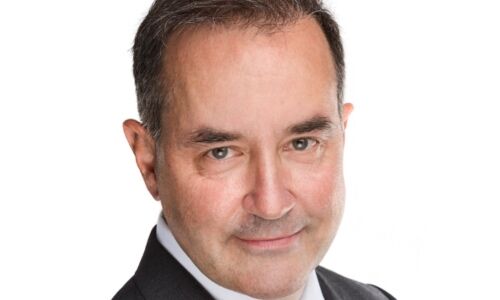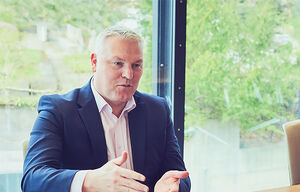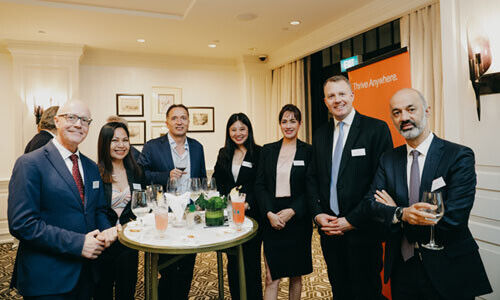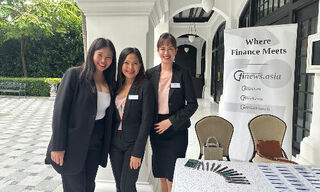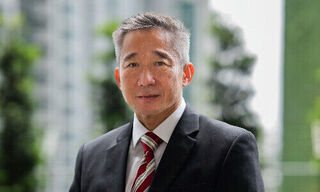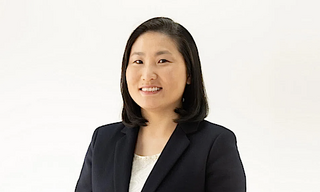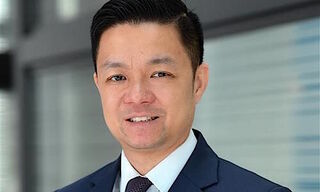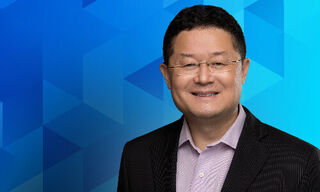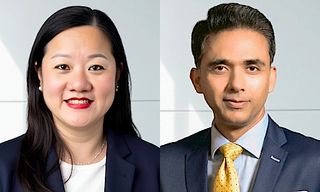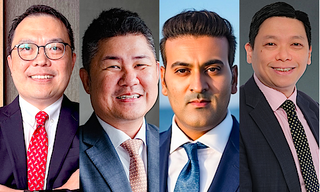Jérôme Pfund: «Choosing one stock is like going to a casino»
The co-founder of a Geneva-based healthcare asset manager talks to finews.asia about how investors can take advantage of a new generation of FDA-approved drugs developed in China.
Investing in China is not easy. As finews.asia has indicated, it can be a baffling riddle to anyone in the outside world given the unfamiliar terms and the necessity of opening, in most cases, a Hong Kong brokerage account.
That doesn’t help when it comes to making targeted investments in specific sectors. It is also of little comfort to the high net worth and their family offices, particularly if they are considering overarching, thematic, decisions that can take decades to play out.
In those situations, having an intermediary specialist asset manager able to oversee the market and search for opportunities is probably the best way for them to navigate the public and private investment markets.
Given those difficulties, we interviewed Jérôme Pfund, co-founder of Geneva-based Sectoral Asset Management, to talk about how he approaches China’s healthcare and biotech markets for wealthy clients and family offices.
Jérôme Pfund, why should wealthy investors be interested in China’s healthcare market?
We have been in Hong Kong for over 10 years and we have seen a fundamental shift. What do I mean by that? If I look back, 20 years ago the market in China was still mostly made up of traditional medicine, which is still important today, as well as generic drug makers.
Now we see that Chinese companies that have been able to develop sophisticated cancer drugs and get Federal and Drug Administration (FDA) approval to sell them in the US. If you would have told me that 10 years ago, I would have said that couldn’t happen.
Where are the main opportunities now?
What we see what as remaining fundamentally important is the treatment of chronic disease – hypertension, diabetes, and cancer. By that, we are not forgetting the pandemic and the vaccines developed to counteract it, but that was a particular moment in time, and one likely to pass. Cancer, in particular, has been transformed from a deadly disease to a chronic one.
A lot of my investors are not aware of that transformation and the speed with which it has happened. Another thing that is very important is that China has also become a counterweight to the biotech hubs, clusters and corridors in Boston, San Diego, and San Francisco. It is probably the only country in the world that has become a true competitor to the US.
What does that mean for investors?
This development is the reason why we launched an emerging market healthcare product. We were convinced that there was a long-term shift in terms of the healthcare industry in Asia and China but that it was very difficult for an average investor to access.
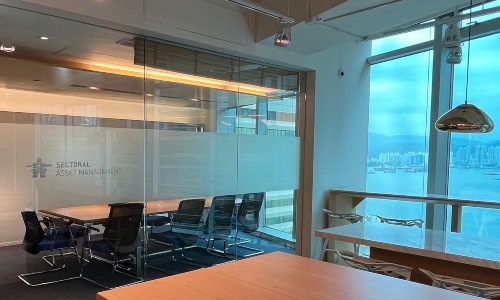
(Sectoral Asset Management office in Hong Kong)
On biotech side, there is a great deal of volatility. We think it is better that investors do not try to time the markets. What we try to do is portray this is as an investment theme that makes sense as a long-time driver and not try to be overly clever because it is super-difficult to get the timing right.
There are so many different ways to access the market but one of the best ways is through a fund or an asset manager. It is too complicated otherwise. I would give the same advice for US biotech. The complexity of the science is pretty high when it comes to understanding it. Just choosing one stock is like going to a casino.
With this, are you also saying that the Swiss pharmaceutical industry has fallen behind?
You have to look more at the reasons behind all this. I would not be too harsh on companies like Roche where half of their revenues come from biotech. Much of what has happened to the Swiss pharmaceutical industry has nothing to do with China but is how the overall market has evolved.
Until about 10-15 years ago, big pharma had very large research and development capabilities but pressure from shareholders and consultants has reduced their budgets drastically. What they were doing instead was acquiring biotech products.
Do you think we are in a secular investment trend when it comes to healthcare?
We have been talking about supply but the demand side is also important. There is widespread news around the world about shrinking populations. We are seeing the phenomenon in Japan related to shrinking and aging.
As population ages, it tends to use more drugs and healthcare. Globalization provides another perspective around that. Chinese biotech companies can develop drugs at lower cost than the US.
That is going to be an interesting phenomenon in the US as you will see more price pressure there as Chinese drugs enter the market at lower price points. In Germany, the UK and France, it is different as the prices are set by the government.
In the US, competition from generics prompts the price of traditional drugs to fall by 70 percent when they go off-patent. In biotech, you lose less than 40 percent for biosimilars, which are roughly comparable to conventional generics. The different with biotech is that the generics, or biosimilars, are still relatively complex to develop and make. But big insurance in the US will welcome that and they will favour reimbursing the cheaper version.
There is another new phenomenon, the importance of the Hong Kong stock market for biotech IPOs. For many years, there was only Nasdaq but now there is ability to comparatively review listings.
What is happening in other countries beside China?
There is India in terms of the healthcare industry, but the dynamics are totally different as they have had a focus for years on generics and they have been very good at that.
In the US, more than half of all generics come, in one way or another, from Indian manufacturers. That is a different game and the only thing that is important is price. It is very tough industry to be and not easy. There you have to look at factory production costs before investing as well as their track record on the regulatory front.
The FDA look at the products very carefully and has an office in India. When we invest there, the quality and regulatory track record are very important.
The third country in Asia is South Korea. It is really a champion of biogenerics or biosimilar products. As I mentioned above, the difference to traditional generics is complexity.
Making generic aspirin is like building a bike while an insulin-based biosimilar is like designing, testing and constructing a 747. Biotech drugs also have 20-year patents, longer than traditional drugs. The key reason for the difference is that you can never really produce the same protein. It is why the regulatory process is different than it is for generics.
The infrastructure cost is much higher and only a few companies around the world can do that. In Asia, Korea is the sole advocate.
How do you work with banks?
On the one side, our business in Asia manages a very large fund for Hanwha investment and securities, which is part of the large South Korean conglomerate. We have been doing that for 17 years.
We manage the composition of their healthcare strategy fund with new investments and have a sub-advisory relationship globally outside of Korea with them.
How do you work with family offices?
Over the years, we have developed good relationships with family offices in Hong Kong and Singapore and we provide them with both listed and unlisted private investment opportunities.
As we speak, we are looking at a deal with a biotech company in the US that is developing eye drops that prevents far-sighted people from needing to use reading glasses. It is very interesting in that the trials for the product can be completed relatively quickly. The demand is there. Almost everyone needs reading glasses with age and the great advantage it has is that it corrects far-sightedness but nothing else.
We have a venture capital fund called Nemo which evaluates new emerging medical opportunities. As part of that fund’s activities, which focuses on late stage investments, we give family offices the opportunity to co-invest. We rely on a group of around of 15 family offices in Hong Kong and Singapore for that type of co-investment.

